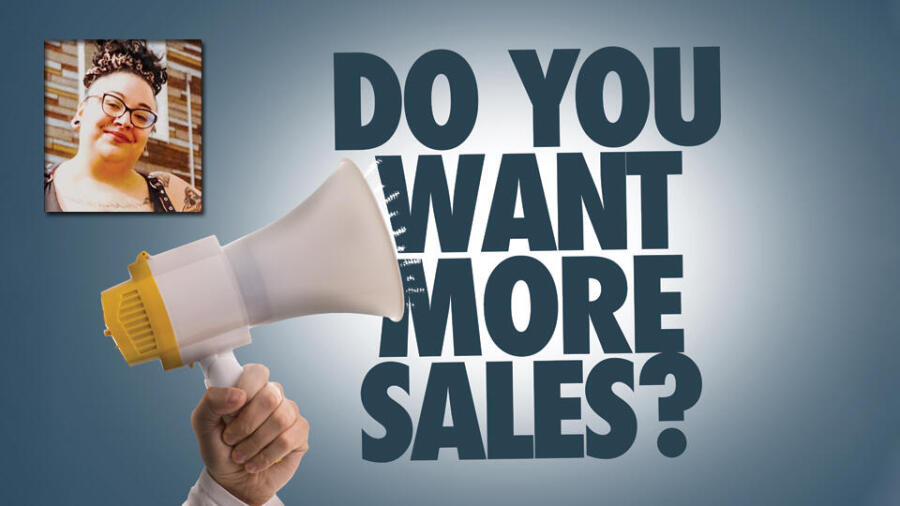You’re at a fast-food place, ready to order a cheeseburger, when suddenly the cashier reels you in with a brilliant suggestion: Why not add fries and a drink for only a few extra bucks?
That’s upselling: a common sales technique where a seller encourages a customer to purchase additional items or upgrades to enhance their original purchase. I’m sure you knew that already — but have you ever wondered why some upselling techniques work so well, while others seem to fall flat?
Tap into how your customers think, appeal to the things that matter to them most, and you’ll be upselling like a pro in no time.
Get ready to learn what makes customers purchase, and how to use that knowledge to supercharge your upselling game with strategies that will have your shoppers saying “yes” more often.
Customer Psychology 101
Numerous factors can motivate customers when they’re considering making a purchase. A sense of scarcity or urgency, such as a “limited-time offer” evokes, can push you to act fast before the opportunity slips away. There’s also “social proof,” meaning our impulse to follow the crowd when we read glowing reviews from other customers; and “authority,” meaning desiring a product because it is endorsed by an influencer we trust.
Those are all especially important for broader marketing campaigns, but when it comes to upselling individual customers, two of the biggest factors are emotion and context.
In addition to more objective, rational criteria like price, quality and functionality, we shouldn’t forget about the emotional side of purchasing. Desires, aspirations and even fears can play a big role in shaping decisions. Who hasn’t splurged on something simply because it made them feel good? Listen to customers, then frame your upsell as a way for them to get what they really want and are hoping for — or as a way to help them overcome whatever they are worried about.
Social and cultural factors can also be a big influence. How does this product fit into the customer’s life and reflect their identity? The same product can be perceived very differently by different customers depending on their backgrounds or social circles. Understanding their “bigger picture” will help you to craft a narrative that makes the upsell an enticing prospect.
Once you understand what your customer wants and where they are coming from, you can also activate the following strategies.
Build Rapport and Trust
You’re more likely to take a friend’s recommendation over a stranger’s, right? The same goes for your customers. Establishing credibility and rapport with them is key to gaining their trust. When customers trust you, they’re more open to your suggestions, making it easier to upsell them on additional products or even upgrades. So don’t underestimate the power of a friendly smile and a genuine conversation; they can go a long way in building meaningful connections with your customers.
Make It Personal
Let’s face it: most people do not respond to a generic, one-size-fits-all approach. That’s why personalizing your upselling game is so important. Work on really getting to know your customers, whether by paying close attention to the details when you’re chatting with them or by analyzing their preferences. Once you’ve got a good understanding of what floats their boat, you can tailor your suggestions to fit their unique needs, desires and interests. That way, you’re not just selling products — you’re offering solutions that speak to them on a deeper level. That’s the secret key to their hearts and wallets. Plus, customers who feel seen, valued and appreciated are more likely to return for future purchases.
Add Value!
Offering a free gift with purchase as an upsell incentive not only adds value to the original purchase, but also helps create a sense of excitement about the purchase as customers feel like they are getting a special deal. Plus, by strategically showcasing the premium product alongside the free accessory, you’ve effectively upsold customers on a higher-priced item they might not have considered when they began shopping — without coming off as pushy or pressuring.
Understanding what makes your customers tick, and applying the strategies described above, can not only result in higher average order values, but can also boost customer satisfaction and loyalty. Tap into how your customers think, appeal to the things that matter to them most, and you’ll be upselling like a pro in no time.
Known as the Queen of Wands, Carly S. is a pleasure educator, author of the blog “Dildo or Dildon’t” and a self-described bad bitch from the Bronx. Find her on social media @Makeupandsin. She is the product manager for Spectrum Boutique, social media manager for Nasstoys and provides freelance social media and consulting services.








